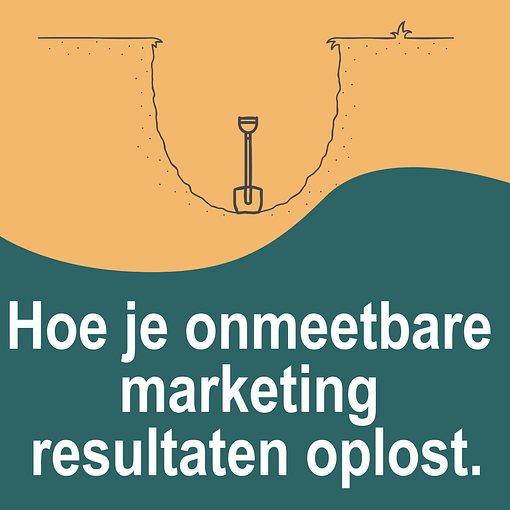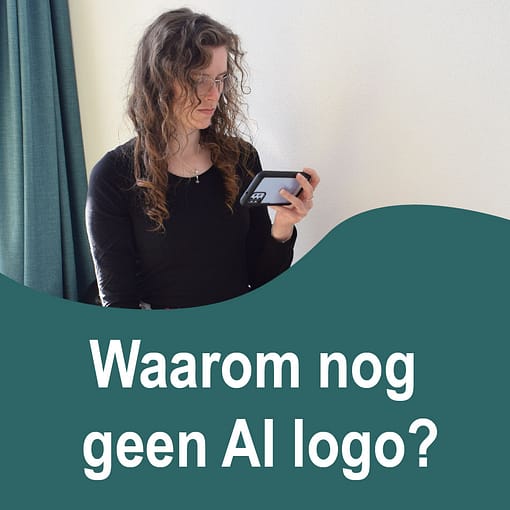Starting your own business is an exciting step. You have an idea, a plan, and the motivation to get started. But before you begin, it's important to carefully consider your marketing and design. These are how you present yourself to the world and attract customers. In this blog post, we'll discuss the most important marketing and design aspects to consider, and what you can do yourself or outsource.
1. Determine your target audience
Before you start marketing, it's essential to know who your target audience is. You can't appeal to everyone, so it's important to focus on a specific group of customers. Ask yourself questions like:
- Who are my ideal customers?
- What problems or needs do they have?
- Where are they located (both physically and online)?
A clear profile of your target audience will help you determine your marketing strategy. This profile will guide all your marketing decisions, from the language you use in your communications to the channels you use to reach your customers.
2. Develop brand identity
A strong brand is more than just a logo. It encompasses your company name, slogan, color scheme, tone of voice, and visual identity. Your brand should project a recognizable and consistent image so customers know what you stand for.
When developing your brand identity, consider the following elements:
- Name and logoChoose a name that's easy to remember and reflects your offering. A professionally designed logo can enhance your brand's recognition.
- Colors and typographyThe colors and fonts you choose should be applied consistently across all marketing materials. This creates visual cohesion.
- Tone of voiceHow do you address your customers? Is your tone of voice formal, informal, friendly, or businesslike? This should suit your target audience and the message you want to convey.
3. Build a website
A website is often the first point of contact between you and your customers. Therefore, it's important that your website is not only attractive but also functions well. Here are some things to consider:
- Ease of useMake sure your website is easy to navigate and loads quickly. People are more likely to bounce if they can't find what they're looking for.
- Mobile friendliness: A large portion of your visitors will view your website on their phones. Make sure your website works well on mobile devices.
- Conversion-oriented design: Your website should be designed to persuade visitors to take action, such as contacting you, requesting a quote, or purchasing a product.
While you can work with platforms like WordPress or Wix yourself, it can be worthwhile to outsource the design and technical development of your website to a professional. A good web designer can create a site that truly sets your business apart.
4. Social media and content strategy
Social media is an essential part of marketing these days. Depending on your target audience, you need to choose which platforms to be active on. Think Facebook, Instagram, LinkedIn, or TikTok. Your content strategy should align with your brand identity and target audience.
For example, you can:
- Share inspiring or informative messages that match the interests of your target audience.
- Regularly publish blogs or articles that highlight your expertise.
- Post videos or photos that show your products or services in action.
A consistent social media presence can positively impact your brand's visibility. This can be time-consuming, so if you're unsure about maintaining it, it's wise to hire a social media manager or outsource certain tasks.
5. SEO and findability
A beautiful website is useless if no one can find it. That's why search engine optimization (SEO) is crucial. SEO ensures your website ranks well in search engines like Google, making it easy for potential customers to find you.
SEO consists of several components:
- Technical SEO: Make sure your website is fast, error-free and well-structured.
- ContentsCreate valuable content that matches your target audience's search queries. Think blog posts, product pages, and FAQ sections.
- Link building: Get other websites to link to yours. This increases your credibility and search engine rankings.
While you can do a lot of SEO yourself by using relevant keywords and writing good content, it can be wise to hire an SEO expert. It's a complex field that's constantly evolving.
6. Online advertisements
If you want to gain visibility quickly, online advertising like Google Ads or Facebook Ads can be a good option. While it's expensive, it can be an effective way to reach your target audience.
Advantages of online advertising include:
- Targeted ads: You can show your ads to specific audiences based on location, age, interests, etc.
- Measurable results: With social media or search engine ads, you can see exactly how many people saw your ad and how many clicked through to your website.
Creating effective ads requires knowledge of the platforms and strategies. While you can learn how to set up ads yourself, outsourcing to a marketing specialist can ultimately save you time and money by achieving better results.
7. Email marketing
Email marketing remains one of the most powerful marketing tools. With a well-developed email list, you can communicate directly with your customers and keep them informed of news, offers, and valuable information.
Tips for effective email marketing:
- Collect email addresses through your website or social media, for example by offering a free e-book or discount code.
- Send regular newsletters with interesting content for your target group.
- Ensure your emails have an attractive design and a clear call to action.
You can do email marketing yourself using tools like MailChimp or ActiveCampaign, but designing effective campaigns can be challenging. An email marketing specialist can help you set up automated flows and optimize your results.
8. Branding and printing
Besides digital marketing, there are also offline aspects of marketing and design to consider. Think of business cards, flyers, brochures, and banners. These should align with your brand identity and have a professional appearance. Make sure they are consistent in color, logo, and typography.
While you can design these items yourself with tools like Canva, it may be worth hiring a professional designer for a truly high-quality look and feel.
What can you do yourself and what is better to outsource?
While it can be tempting to do everything yourself to save money, it's often better to outsource certain aspects of marketing and design to professionals. Especially if you don't have experience with graphic design, web development, or SEO, hiring experts can save you time and money in the long run, while giving your company a professional image from the start.
Choose to make strategic decisions yourself and create content you're passionate about, but consider outsourcing technical and specialized tasks. This way, you can focus on what you do best: running your business.




